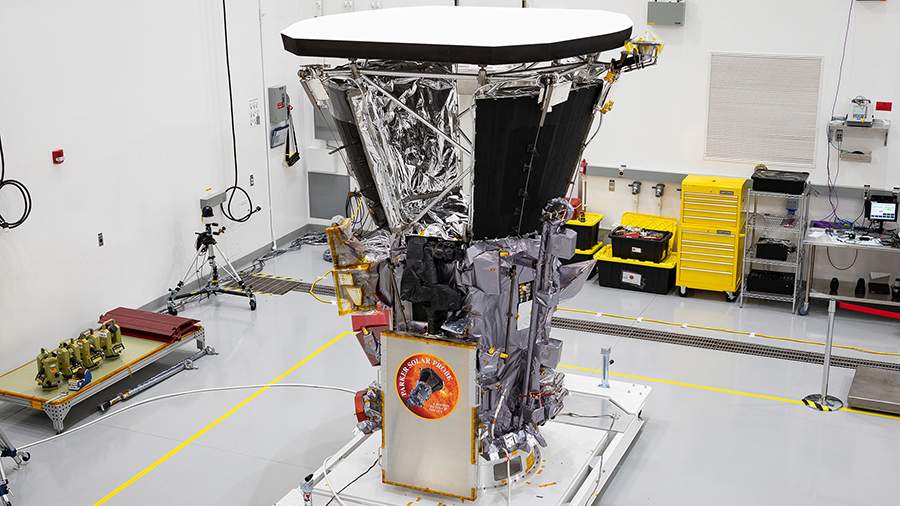For the first time in history, the American Parker probe “touched” the sun. It flew through the upper layer of the Sun’s atmosphere – the corona. This was announced on Tuesday, December 14, on the NASA website.
“Touching the sun with the Parker Solar Probe is a significant moment for solar exploration and a truly remarkable achievement,” said NASA Deputy Director of Science Thomas Zurbuchen.
According to the space agency, the device measured magnetic fields and particle samples in the sun’s corona, where temperatures can reach 500 thousand Kelvin (about 500 thousand degrees Celsius) and even several million Kelvin.
According to NASA experts, the data provided by Parker will be of great scientific value for studying “the reasons for the heating of the solar corona”, as well as for the preparation of manned flights, as this will predict the “radiation environment in which future space explorers will have to work and live.”
The probe was launched in August 2018 from the Cape Canaveral Cosmodrome, Florida. At the end of October of the same year, he broke the record for approaching the Sun set by the German-American Helios 2. The equipment on board is protected by a carbon fiber shell 11.43 cm thick, which allows it to withstand heating up to 1.4 thousand degrees Celsius. On November 8, Parker Solar Probe transmitted its first signal to Earth, which indicated that the device was in excellent condition, and all systems and devices were working without problems. It is noted that on November 5, the probe accelerated to 343 thousand km / h, which is a record speed for a spacecraft.
In January last year, US astronomers took the most detailed photographs of the sun’s surface ever observed. According to experts, these images, taken with the American telescope DKIST, will help in decoding the data received from the Parker Solar Probe. The frames show boiling plasma that covers the surface of the star.
Source: IZ
Jane Stock is a technology author, who has written for 24 Hours World. She writes about the latest in technology news and trends, and is always on the lookout for new and innovative ways to improve his audience’s experience.




